The members of the artist collective General Idea (active 1969–1994)—Ronald Gabe (aka Felix Partz, 1945–1994), Slobodan Saia-Levy (aka Jorge Zontal, 1944–1994), and Michael Tims (aka AA Bronson, b. 1946)—met in Toronto in the late 1960s at Theatre Passe Muraille. Founded in 1968 by Jim Garrard, this progressive company was focused on eliminating the barrier between actors and audience. The theatre, coming out of Rochdale College—an experimental free university in Toronto—offered a countercultural scene that attracted many visual artists.
-article-image.jpg)
Performance documentation of Match My Strike, directed by Jorge Zontal and produced by John Neon, Poor Alex Theatre, Toronto, August 30, 1969, Collection General Idea, photographer unknown. Promotional materials detail the performance components: “1. Reading a letter, she is bound; 2. Dance; 3. Lights; 4. Meat ceremony, he is eating foam rubber; 5. Toe chew; and ceiling collapse.”
AA Bronson, Jorge Zontal, and Felix Partz connected through the social scene that surrounded the theatre. Bronson contributed to the company in various ways in the 1960s, including poster and set design. Laundromat Special #1, 1969, a collaborative performance produced as part of Theatre Passe Muraille’s programming, marked the first time the trio performed together. The work comprised a series of actions staged in a room with laundry-soap boxes piled on the floor and an oversized cotton laundry bag suspended from the ceiling. Match My Strike, performed in 1969 at the Poor Alex Theatre, included Partz, Bronson, Zontal, and Mary Gardner, who used various props, including minced meat, bricks, glass, candles, and a slide projector. These early experiments proved fundamental to establishing the group’s identity as they shifted from a loose collective to the tripartite General Idea, the name they chose after their first group exhibition in 1970.
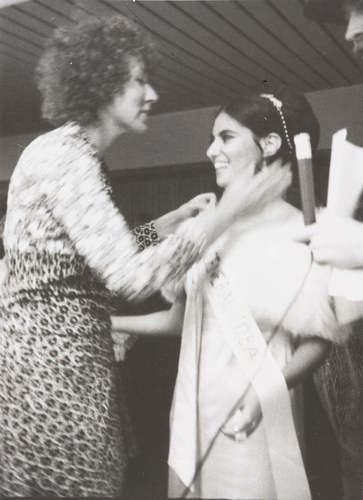
Performance documentation of General Idea, The 1970 Miss General Idea Pageant, 1970, a component of the project What Happened, 1970, part of the Festival of Underground Theatre, St. Lawrence Centre for the Arts, Toronto, 1970, Collection General Idea, photograph by General Idea. Here Miss General Idea 1969, Granada Gazelle, awards the crown of Miss General Idea 1970 to Miss Honey.
The Miss General Idea Pageant, which shaped the artists’ work in the 1970s, originated during the intermission of a play performed as part of the international Festival of Underground Theatre held at the St. Lawrence Centre for the Arts and the Global Village Theatre in Toronto. Taking place in the theatre lobby, the pageant was centred on a small platform filled with flower arrangements that had been appropriated from discards at a funeral home. The work employed a conventional pageant format including a talent portion, in which contestant Miss Honey (Honey Novick [n.d.]) showed off her skills on the telex machine. Other contestants were costumed as bears: Belinda Bear, Danny Bear, and Rachel Bear, all of whom sang and danced. The judges declared Miss Honey the winner, crowning her Miss General Idea 1970—with the entire performance documented on video. Describing the impact of the event, Partz stated, “Everyone was quite mystified as to what was going on. Because it looked quite real, because Miss Honey was quite a good actress.”
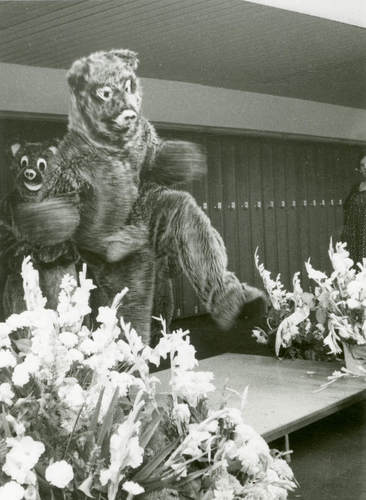
A contestant for The 1970 Miss General Idea Pageant, 1970, a component of the project What Happened, 1970, part of the Festival of Underground Theatre, St. Lawrence Centre for the Arts, Toronto, 1970, photograph by General Idea. Five or six contestants dressed in bear costumes, while Miss Honey, the entrant ultimately proclaimed the winner, wore a peau-de-soie gown, a fox stole, and a tiara.
The popularity of the pageant format was of central importance to General Idea. Pointing to its flexibility and utility, curator and art historian Fern Bayer explains, “The beauty pageant format provided General Idea with a basic vocabulary of contemporary cultural clichés and allowed them to express their ideas about glamour, borderline cases, culture/nature interfaces, the role of the artist as an inspiration[al] cultural device, the body of myths surrounding the art world, and the relationship of the artist to the media and the public.” General Idea’s performances are part of a larger stream of performance art that came out of key developments in alternative theatre in the 1960s and used the body in ways that highlighted political awareness. As the group went on to produce video, mail art, and installation through the 1970s and into the 1980s and 1990s, their early theatrical experiments would continue to contribute to the form of their work, using fun and fiction to create a queer critique of the art world and contemporary society.
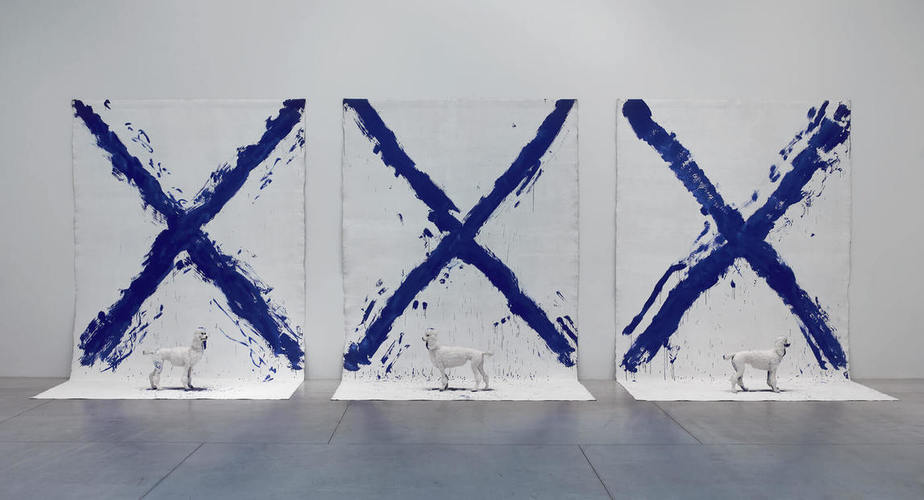
Installation view of General Idea, XXX (bleu), 1984, installation resulting from a performance; set of three canvases: acrylic on canvas, each 493.5 x 296 cm; set of three poodle mannequins: straw, synthetic fur, acrylic, each standard breed size 74 x 20 x 77 cm; overall 350 x 988 x 143.5 cm, Art Gallery of Ontario, Toronto. This installation view is from Haute Culture: General Idea. A Retrospective, 1969–1994 at the Art Gallery of Ontario, Toronto, 2011–12.
This essay is excerpted from General Idea: Life & Work by Sarah E.K. Smith.
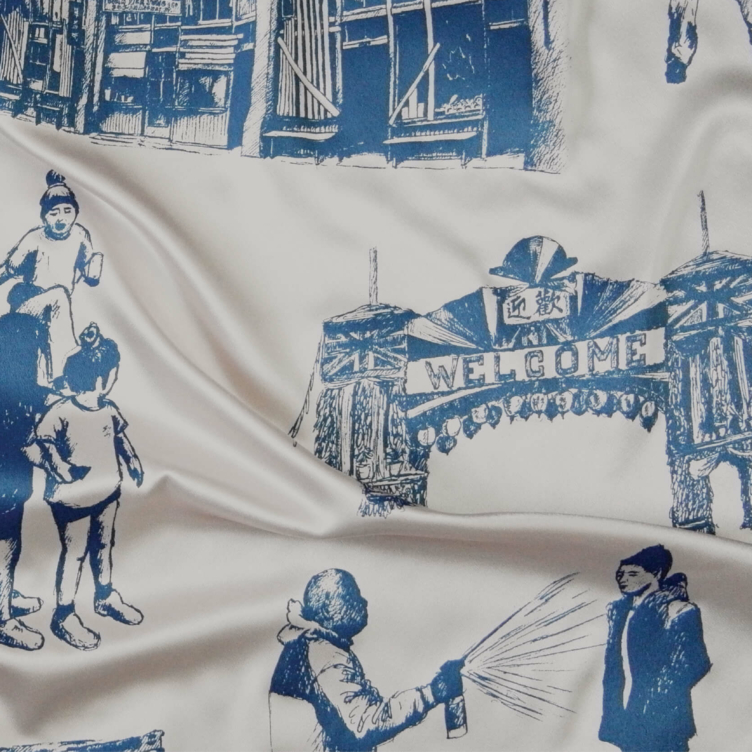 Karen Tam’s Autumn Tigers
Bridging Past and Present: Invisible Made Visible
By Imogene L. Lim, PhD
Karen Tam’s Autumn Tigers
Bridging Past and Present: Invisible Made Visible
By Imogene L. Lim, PhD
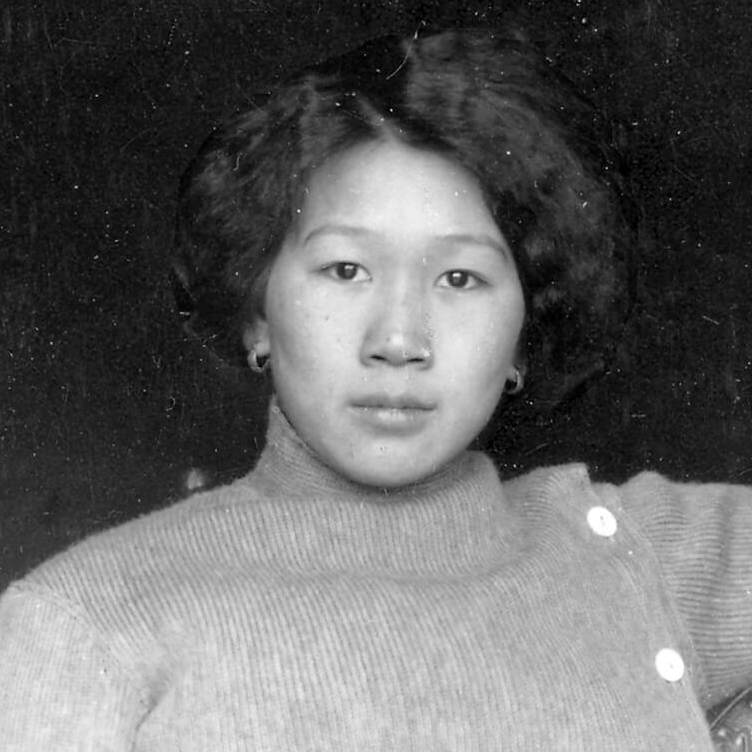 The Frontier Portraits of C.D. Hoy
A Chinese Canadian Photographer’s Tribute to His Community
By Faith Moosang
The Frontier Portraits of C.D. Hoy
A Chinese Canadian Photographer’s Tribute to His Community
By Faith Moosang
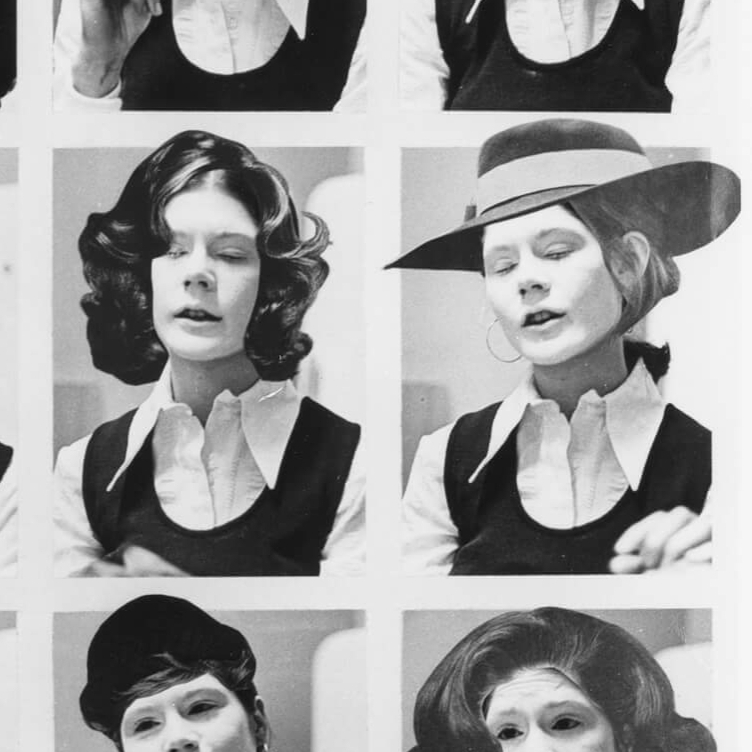 Interrogating Identity
Suzy Lake explores the role of photography in shaping how we understand and see ourselves
By Erin Silver
Interrogating Identity
Suzy Lake explores the role of photography in shaping how we understand and see ourselves
By Erin Silver
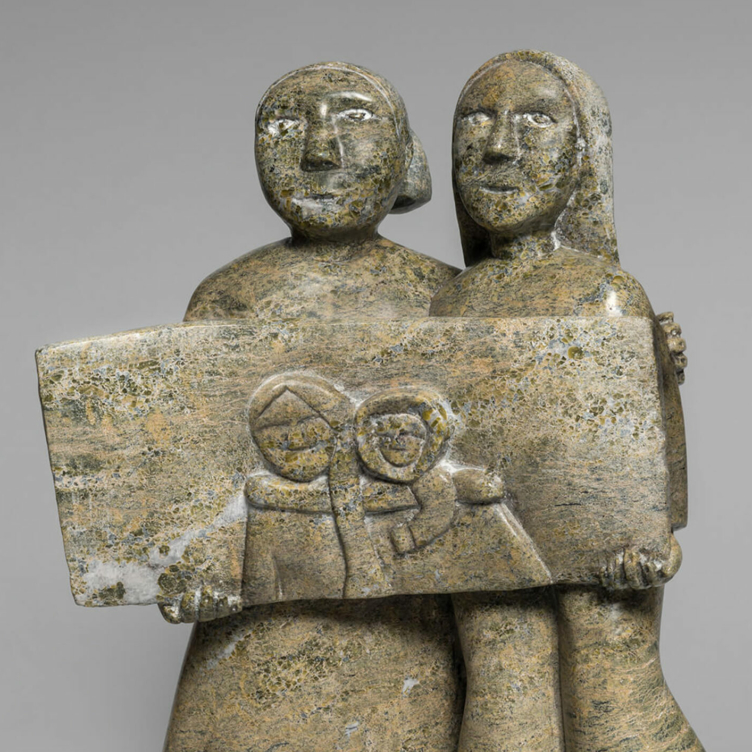 An Emboldened Artist
How Oviloo Tunnillie achieved rare international acclaim as an Inuit female sculptor
By Darlene Coward Wight
An Emboldened Artist
How Oviloo Tunnillie achieved rare international acclaim as an Inuit female sculptor
By Darlene Coward Wight
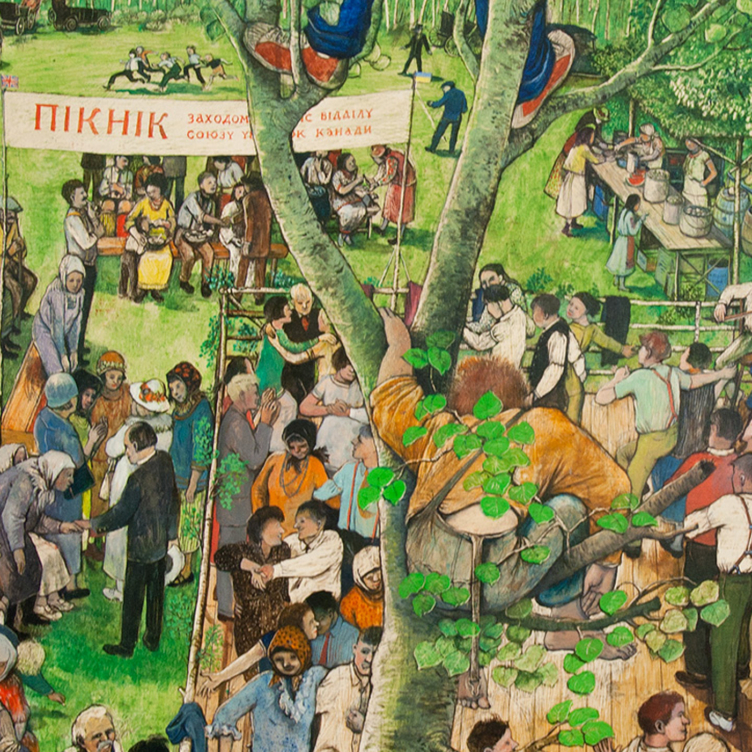 Painting the Cultural Mosaic
William Kurelek traversed the country in a quest to capture its diverse inhabitants
By Andrew Kear
Painting the Cultural Mosaic
William Kurelek traversed the country in a quest to capture its diverse inhabitants
By Andrew Kear
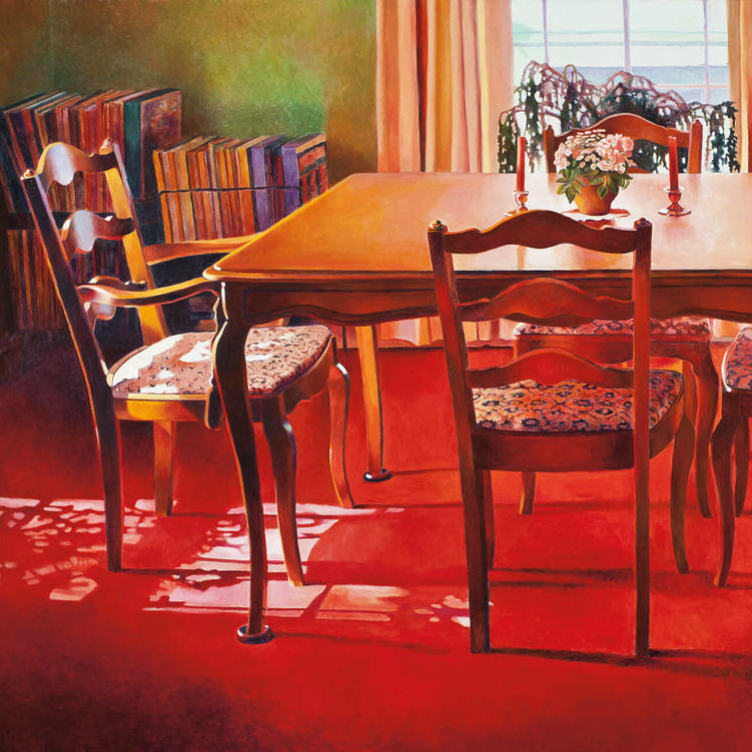 Domestic Discontent
Mary Pratt’s poetic scenes of home life are praised for their political edge
By Ray Cronin
Domestic Discontent
Mary Pratt’s poetic scenes of home life are praised for their political edge
By Ray Cronin
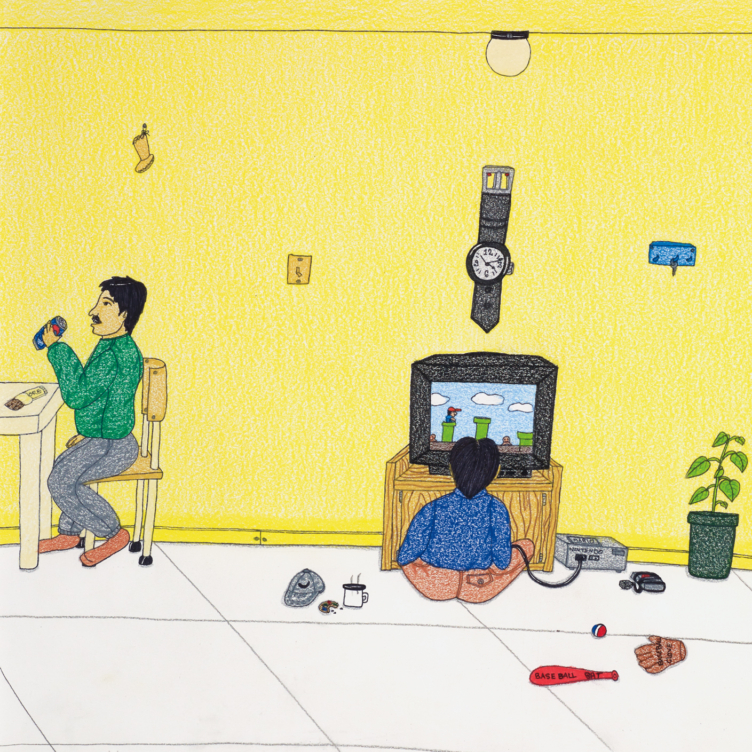 A New Vision of the North
Annie Pootoogook’s art offers unprecedented insights into the contemporary Arctic
By Nancy G. Campbell
A New Vision of the North
Annie Pootoogook’s art offers unprecedented insights into the contemporary Arctic
By Nancy G. Campbell
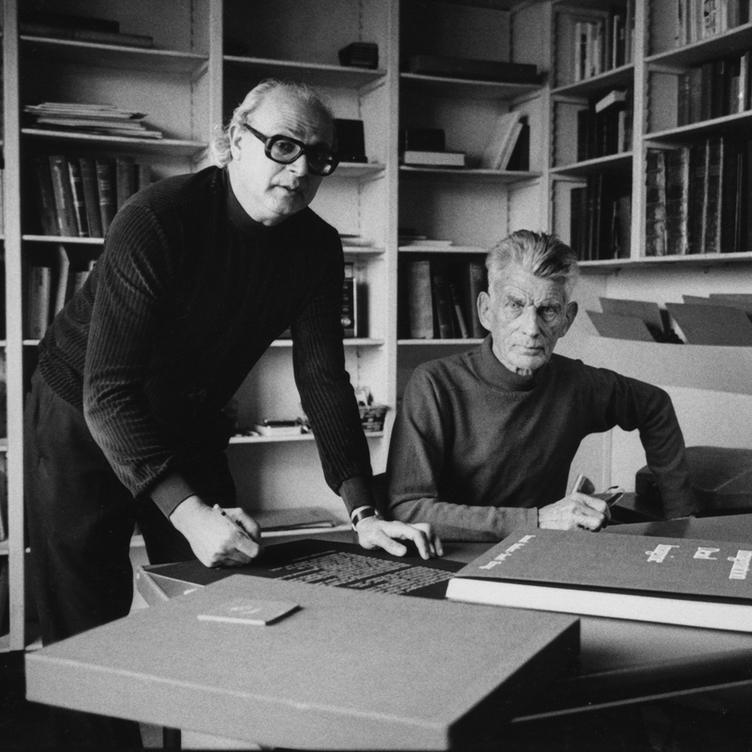 Meetings of Minds
Sorel Etrog found new ideas in collaborative work
By Alma Mikulinsky
Meetings of Minds
Sorel Etrog found new ideas in collaborative work
By Alma Mikulinsky
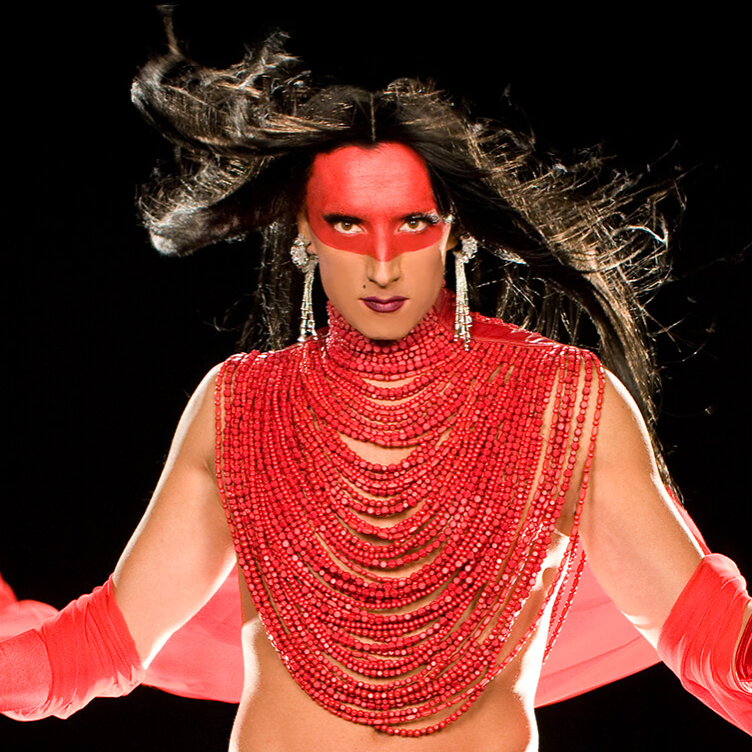 Introducing Miss Chief
An excerpt from the ACI’s book “Revision and Resistance”
By Shirley Madill
Introducing Miss Chief
An excerpt from the ACI’s book “Revision and Resistance”
By Shirley Madill
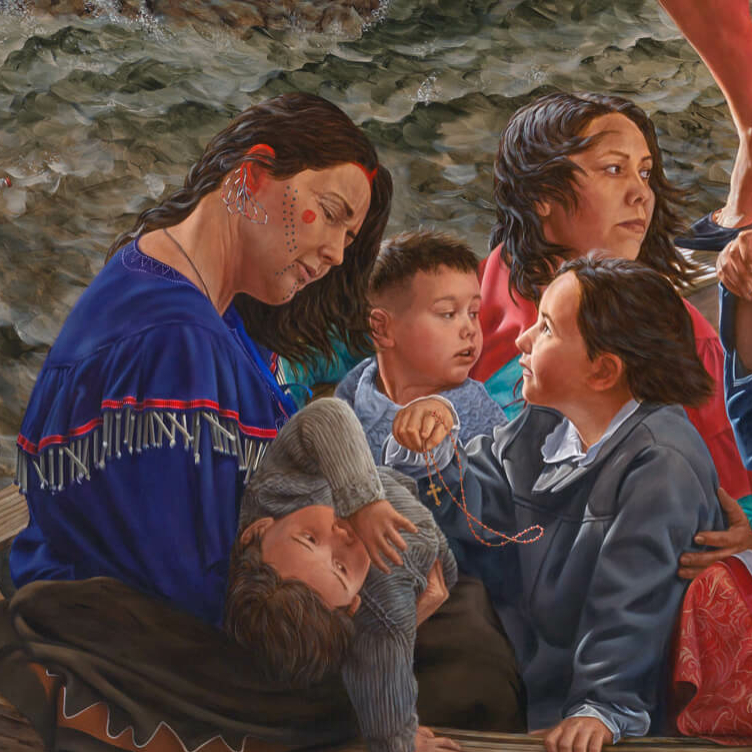 A Practice of Recovery
An excerpt from the ACI’s book “Revision and Resistance”
By Sasha Suda
A Practice of Recovery
An excerpt from the ACI’s book “Revision and Resistance”
By Sasha Suda
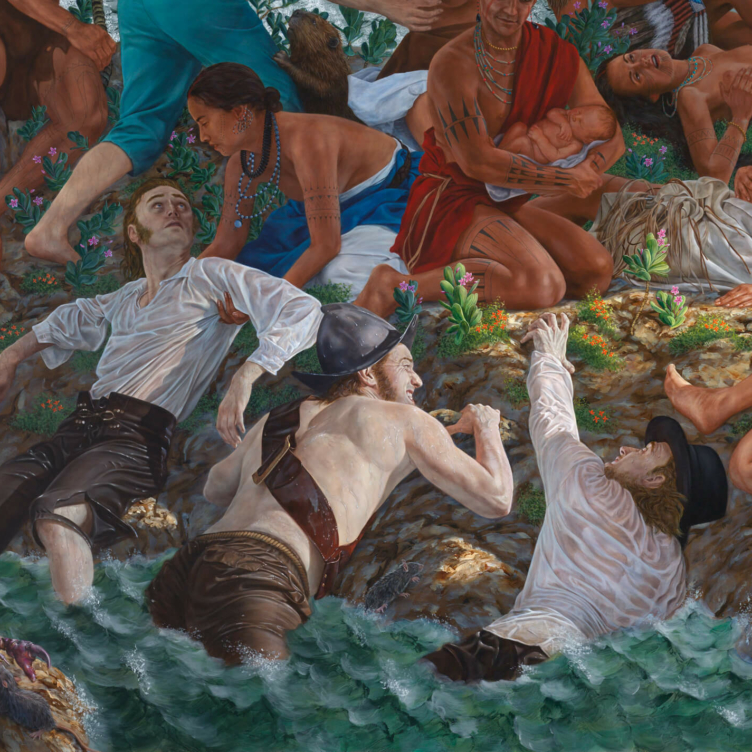 Decolonizing History Painting
An excerpt from the ACI’s book “Revision and Resistance”
By Ruth B. Phillips and Mark Salber Phillips
Decolonizing History Painting
An excerpt from the ACI’s book “Revision and Resistance”
By Ruth B. Phillips and Mark Salber Phillips
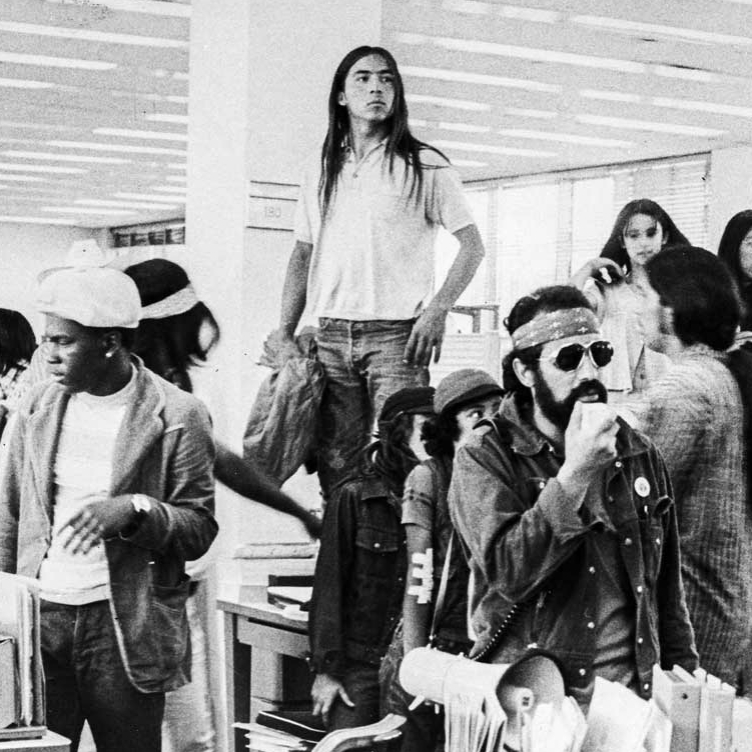 A Vision for the Future
An excerpt from the ACI’s book “Revision and Resistance”
By Nick Estes
A Vision for the Future
An excerpt from the ACI’s book “Revision and Resistance”
By Nick Estes
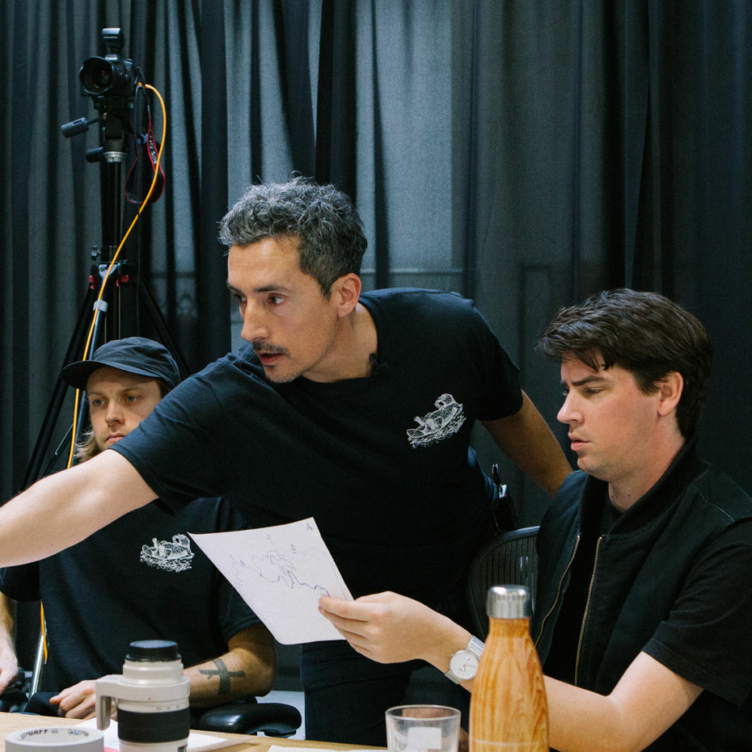 Inside Kent Monkman’s Studio
An excerpt from the ACI’s book “Revision and Resistance”
By Jami C. Powell
Inside Kent Monkman’s Studio
An excerpt from the ACI’s book “Revision and Resistance”
By Jami C. Powell
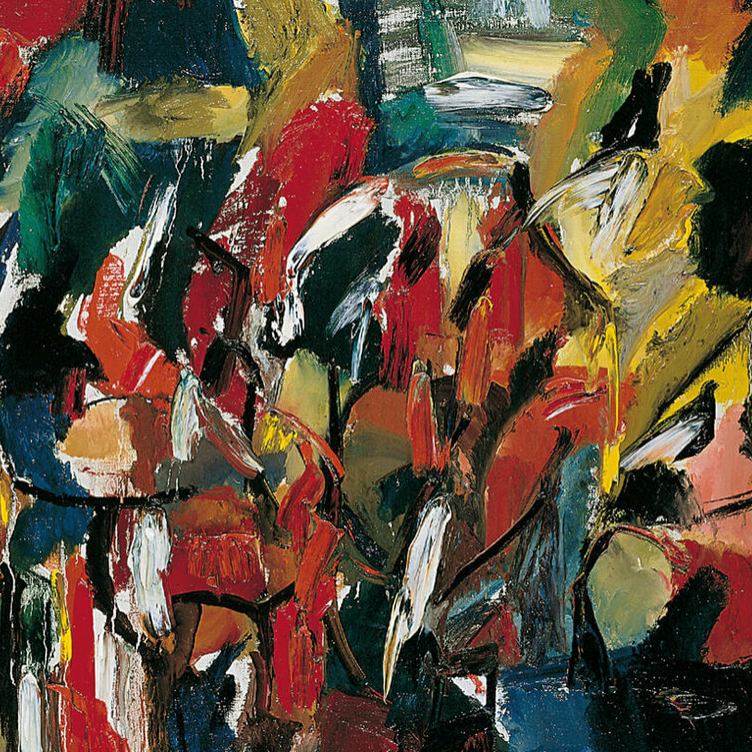 The Rule of Chance
Jean Paul Riopelle’s break with Automatism
By François-Marc Gagnon
The Rule of Chance
Jean Paul Riopelle’s break with Automatism
By François-Marc Gagnon
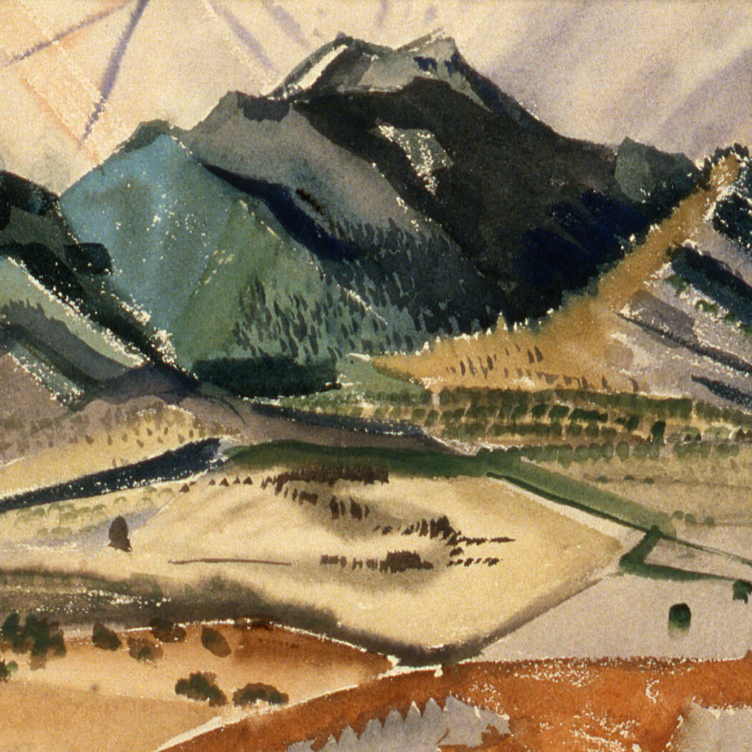 From Taos to New York
Agnes Martin and the currents of American Art
By Christopher Régimbal
From Taos to New York
Agnes Martin and the currents of American Art
By Christopher Régimbal
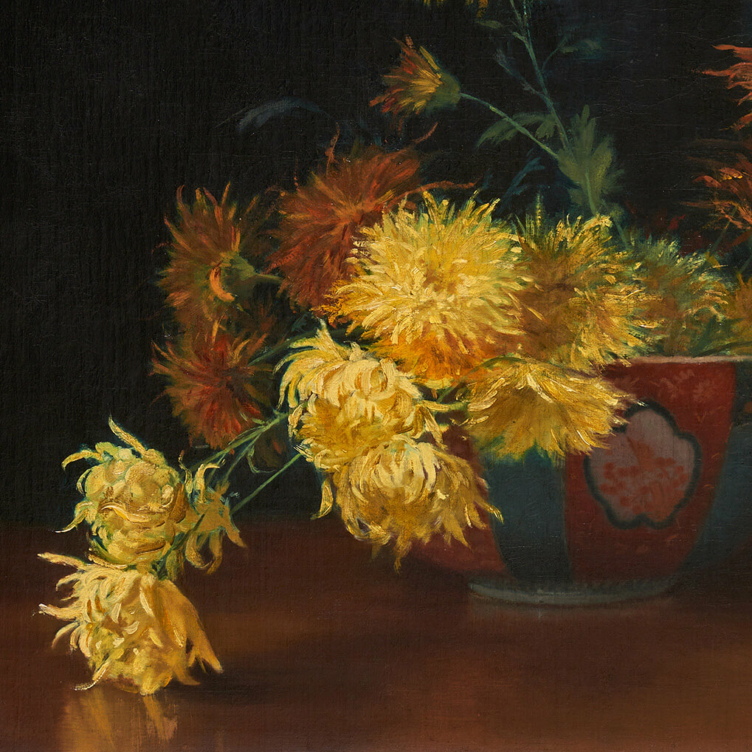 An Artist Blooms
Mary Hiester Reid’s floral aesthetics
By Andrea Terry
An Artist Blooms
Mary Hiester Reid’s floral aesthetics
By Andrea Terry
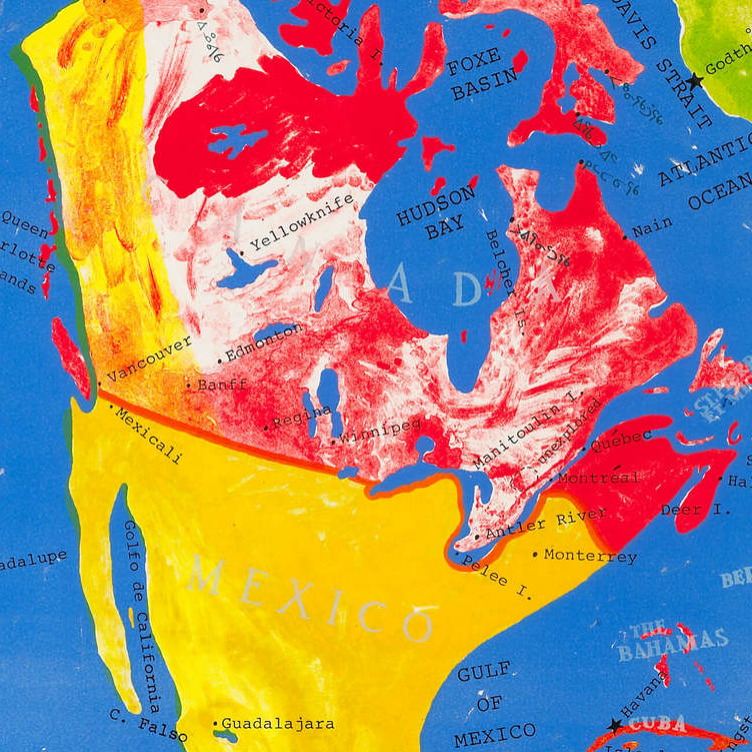 The Patriotic Painter
Greg Curnoe’s Canada
By Judith Rodger
The Patriotic Painter
Greg Curnoe’s Canada
By Judith Rodger
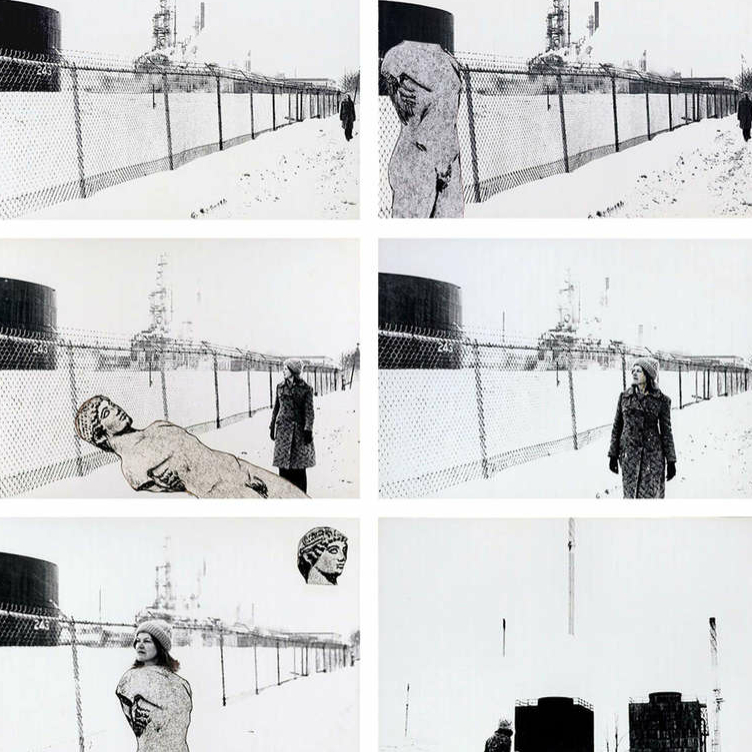 Walking, Stacking, Dancing
Françoise Sullivan’s conceptual 1970s
By Annie Gérin
Walking, Stacking, Dancing
Françoise Sullivan’s conceptual 1970s
By Annie Gérin
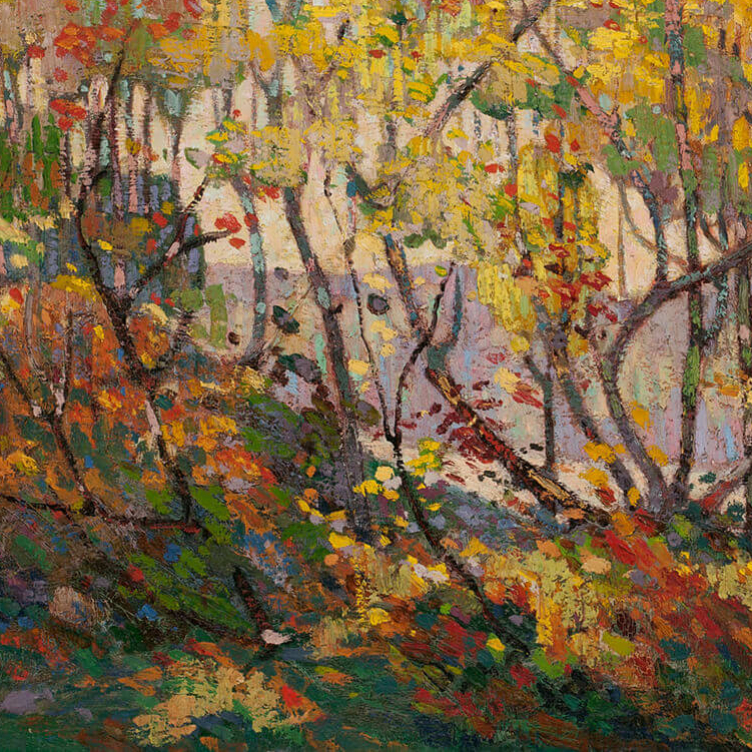 The Extraordinary North
Tom Thomson’s diary of landscape
By David P. Silcox
The Extraordinary North
Tom Thomson’s diary of landscape
By David P. Silcox
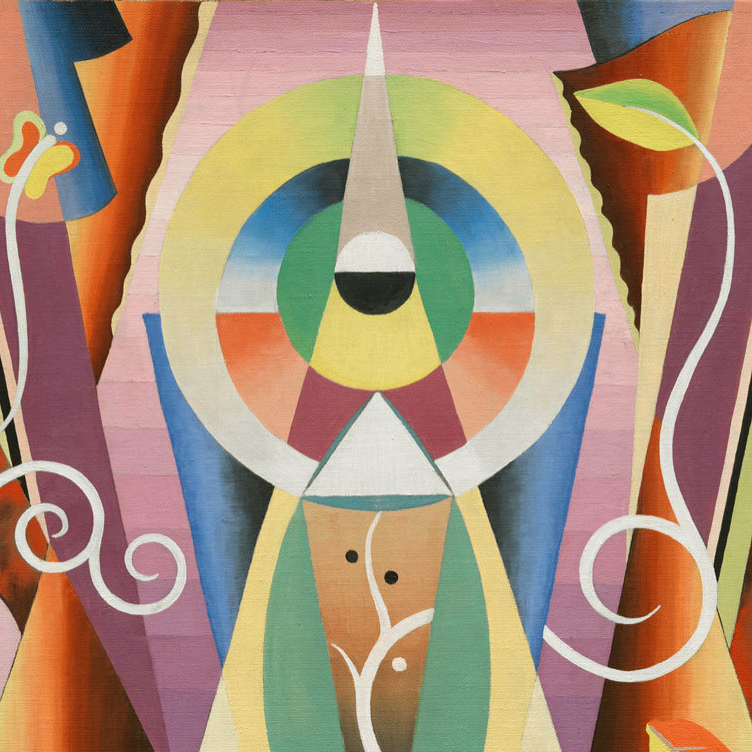 A Champion of Abstraction
Jock Macdonald sought a new expression in art
By Joyce Zemans
A Champion of Abstraction
Jock Macdonald sought a new expression in art
By Joyce Zemans